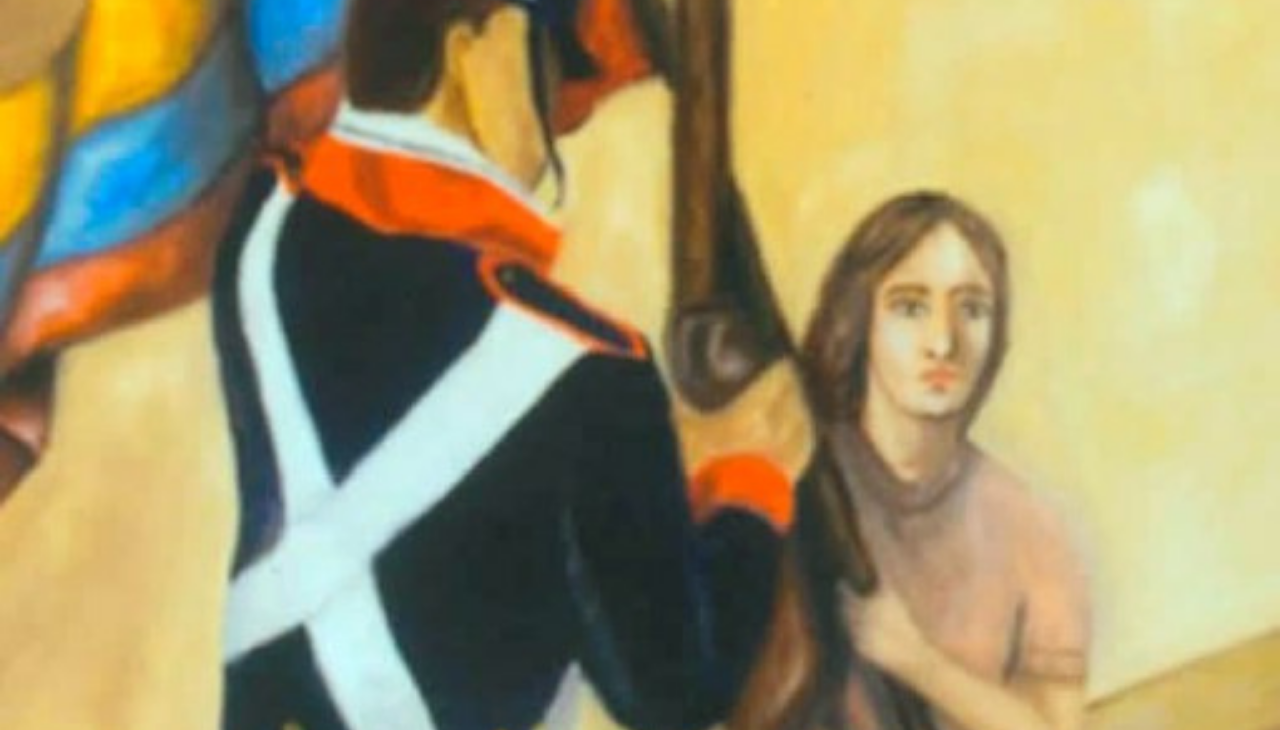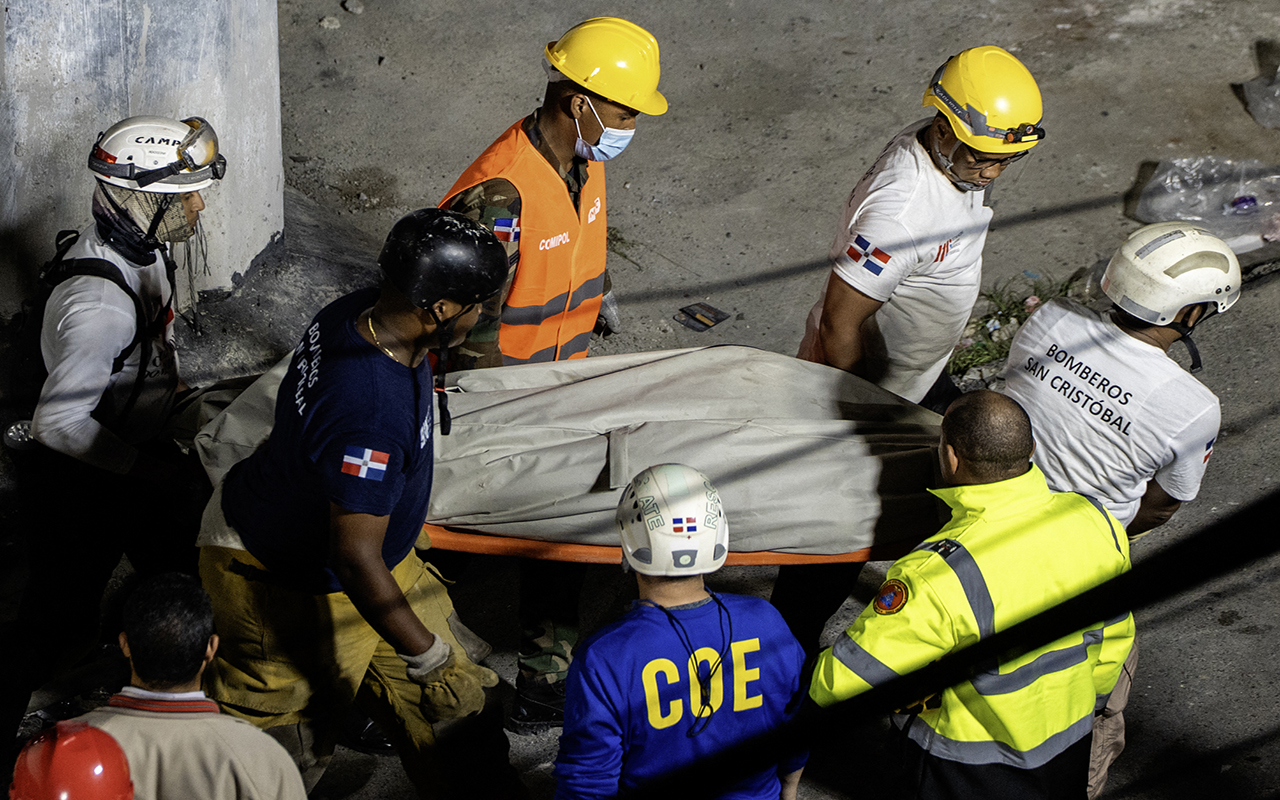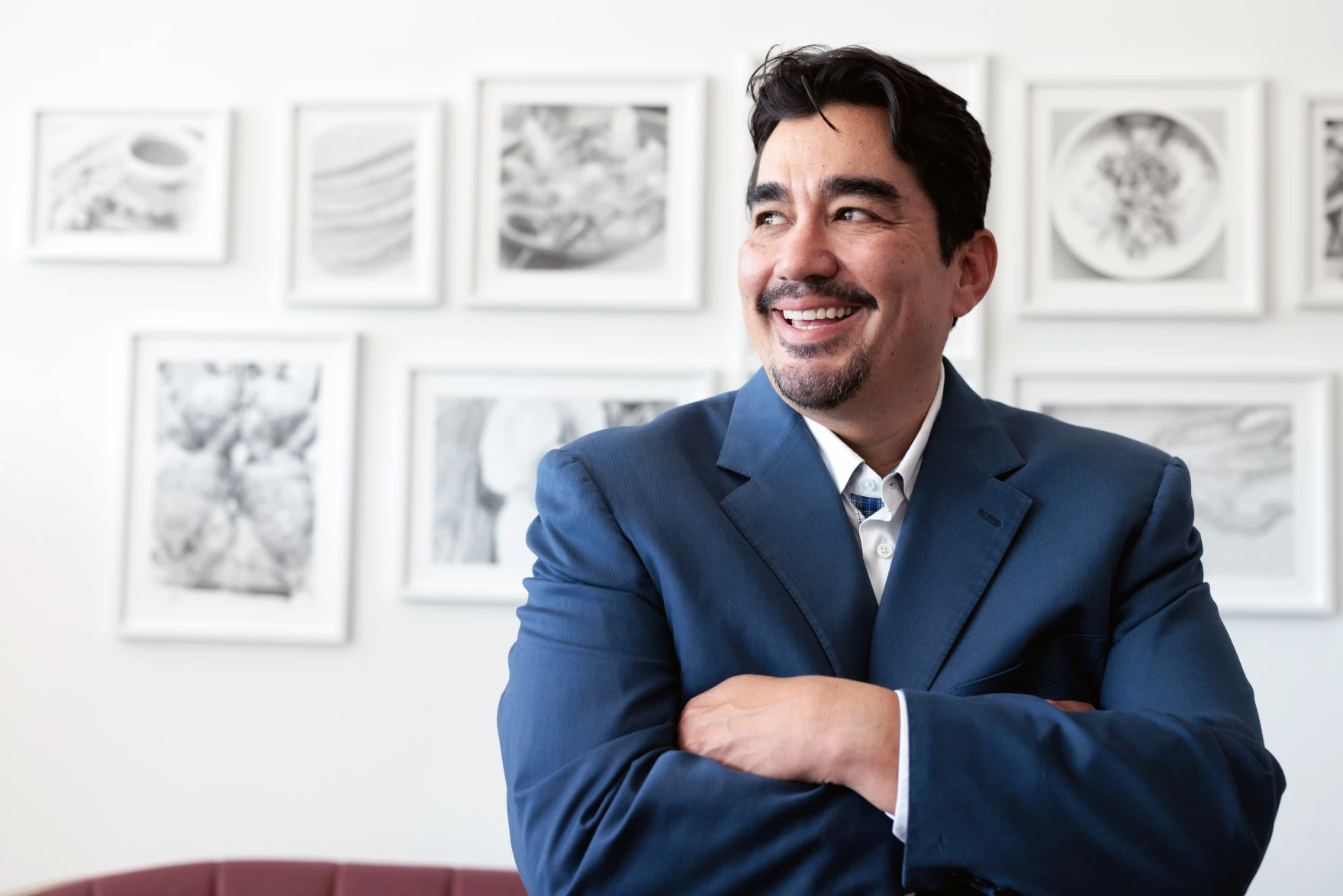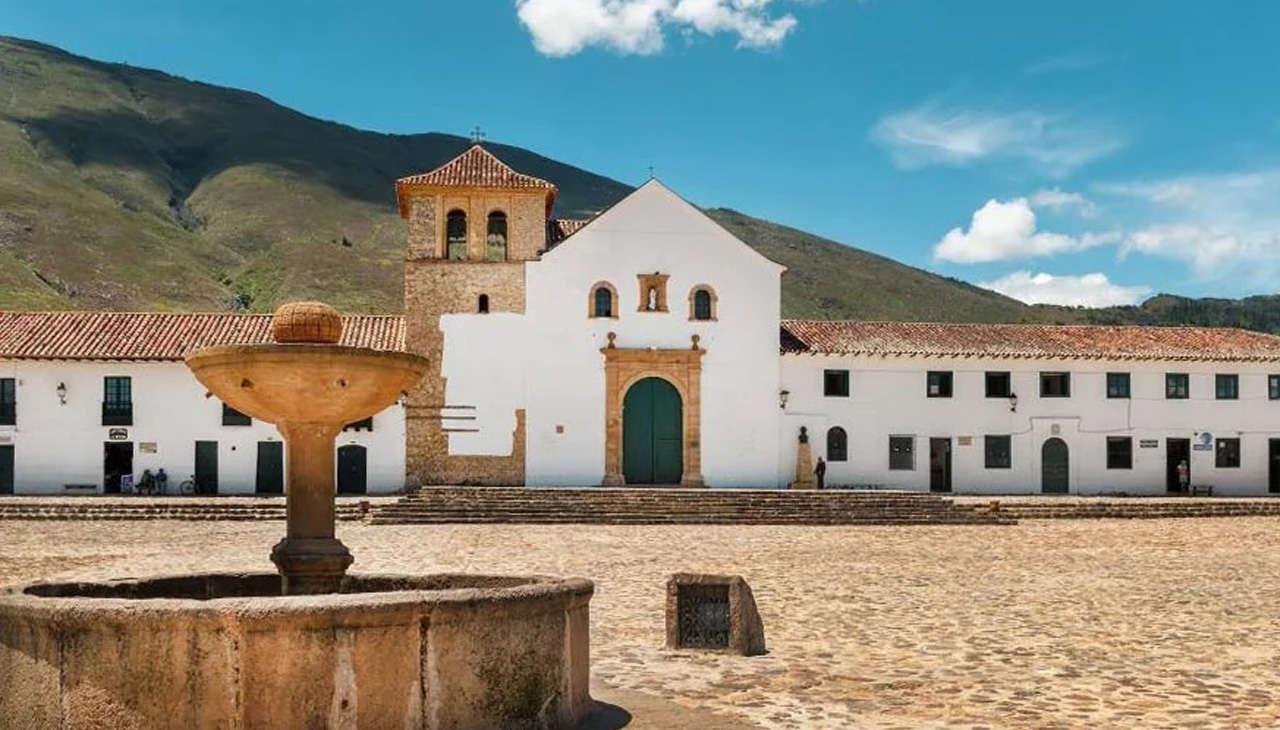
Three women who have made history in Cartagena de Indias
The history of the city has also been influenced by several women for more than 200 years.
The history of Cartagena de Indias has been surrounded by women, mostly invisible, since in past times it was the men who stood out for their acts of rebelliousness or chivalry.
Today, however, homage is also paid to the women of Cartagena, whether they were born in the city or adopted, for they are the ones who have contributed to writing the history that is known today.
These are three of the women who worked for the 'Corralito de piedra' more than 200 years ago:
María Josefa Fernández
Wife of the black Eugenio Dimas, captured and accused of violating the security fence of the Spanish troops, crossing behind the hill of the Popa and entering the city clandestinely and taking supplies and messages to the besieged in Cartagena.
According to the trial, witnesses said that María Josefa Fernández, who was also taken prisoner, said on several occasions that: "Bolívar's men were better (referring to the men of Bolívar's army), because the Spaniards were thieves, and that when they came to his door to ask for water, he would give them soliman, that when a (Spanish) officer was buried, he said that they should all be like that and that the ships that brought them would have sunk". This woman gave birth while she was a prisoner.
RELATED CONTENT
Francisca de Paula Llovet de Esquiaqui
Native of Cartagena. Married to Domingo Esquiaqui of Spanish origin but allied to the patriot cause. Francisca de Paula died after her husband was condemned.
Eugenia Arrázola
Born in the municipality now known as Turbaco, only 20 minutes from the city, she was shot by Morillo at the Hacienda de Torrecilla, located between Cartagena and Turbaco. She was executed on August 30, 1815 because it was proven that she served as a liaison for the transmission of news to the besieged in Cartagena.
Regarding the history of these and many other women, Cartagena historian Adineth Vargas Hernández mentions that "the key role of women in history has been ignored, as they were also part of the campaigns, the struggle and the pressure from inside their homes".
Although many women who participated in the history of the city were not shot in the Camellón de los Mártires, like the men who are reflected there with statues in stone, they did suffer horrors in the Torrecilla Barracks, near what is now known as the municipality of Turbaco.











LEAVE A COMMENT: